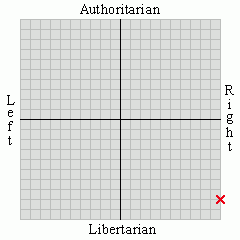One of the most profoundly moving artistic experiences I have ever had came when I was six years old. My father, bless his memory, took me, my brother and my sister to a matinee showing of Jason and the Argonauts. It was 1963. I had never been in a movie theater before. The story thrilled me. I can still remember how exciting was that last combat Jason wages against the sword-bearing skeletons that pop up from the ground. Great stuff. When we came out of the theater I was stunned to see that it was night. I was so entranced by the movie that I did not realize time had passed.
I do not remember the assassination of JFK, but I remember Jason and the Argonauts. Lawrence of Arabia and the James Bond movies were also favorites from that period.
In second grade, a kid who lived a few apartments away had a stack of DC comics that had no covers. The lack of covers didn’t bother me. I read every one and discovered the great love of my childhood. By the time I graduated high school I had 6,000-7,000 comic books. (Yeah, I sold them in the ‘80s for peanuts.)
As Ayn Rand discusses in The Romantic Manifesto, these movies and comic books are more than just trash. They served as my moral education. Those who think morality consists of “Thou shalt not” will laugh at that statement.
Movies and comic books gave me heroes. Life is a process of pursuing and achieving goals. Romantic art omits the non-essential aspects of life and shows a stylized universe in which pursuing and achieving goals is possible. Romantic art gives the soul fuel to pursue goals for another day. It helps the process of living. Seeing the action of heroes in literature reinforces one’s own personal quest. (This is my understanding. Esthetic theory is more complicated than these brief thoughts. I could take The Romantic Manifesto off the shelf and recite chapter and verse, but you can read it for yourself. If you want the Objectivist theory of art, I urge you to read the book.)
Subscribe to:
Post Comments (Atom)




No comments:
Post a Comment